On October 3, 2018, WVU’s Charleston branch of Osha’s Lifelong Learning Institutes (OLLI) invited Lee Ann Grogg of the City’s Stormwater Department and Tomi Bergstrom with the WV DEP to presented a lecture on the History of Plastics. We learned a lot in our combined research efforts, including what drove plastic to be invented, its importance in WWII, the amazing advances it provided in manufacturing & medicine and how its single-use form is killing our global environment.

In 1868 John Wesley Hyatt answered a call to create an alternative substance to ivory for billiard balls. For a $10,000 prize, Hyatt discovered celluloid, a partially synthetic plastic.
When World War II began, the use of plastic for advantages in war became evident and plastic production and further research reached an all time high.

Plastic production went from from 2.3 million tons in 1950, to 162 million tons in 1993. By 2015 plastic production had grown to 448 million tons produced per year, much of which was (and still is) single-use plastic.
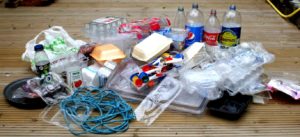
National Geographic’s June edition titled Planet or Plastic? has an in depth chronology of the journey of plastic and its present impact in our world. You can read it by following this link: https://www.nationalgeographic.com/magazine/2018/06/plastic-planet-waste-pollution-trash-crisis/?user.testname=none
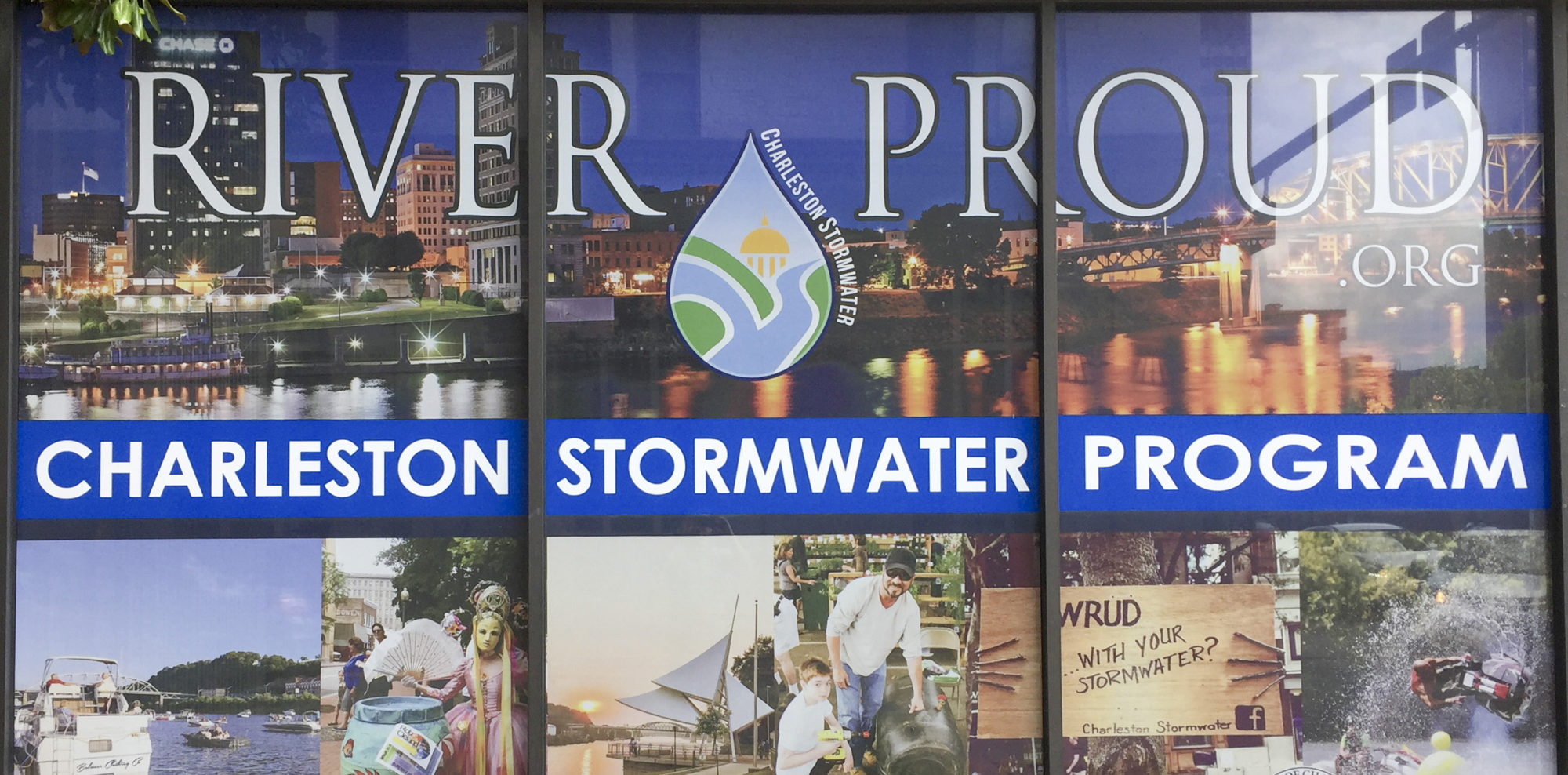
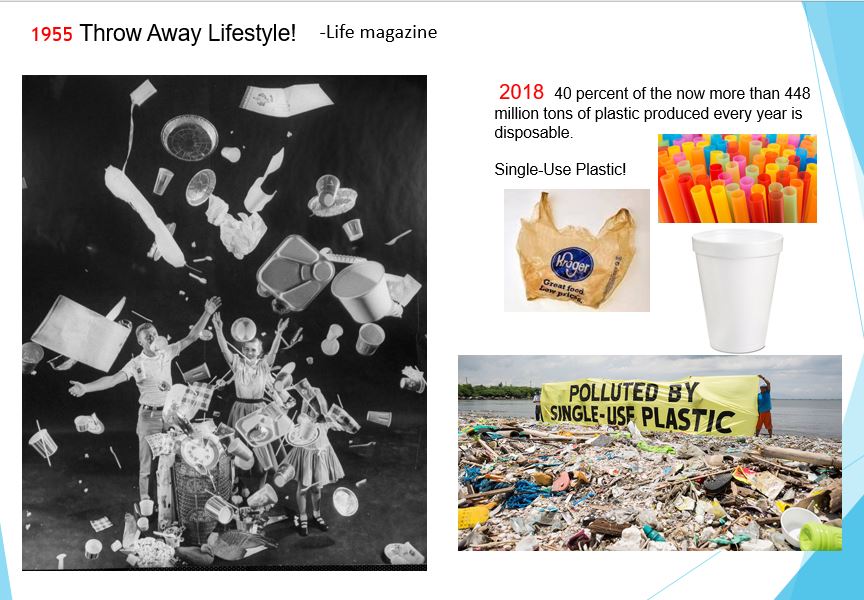


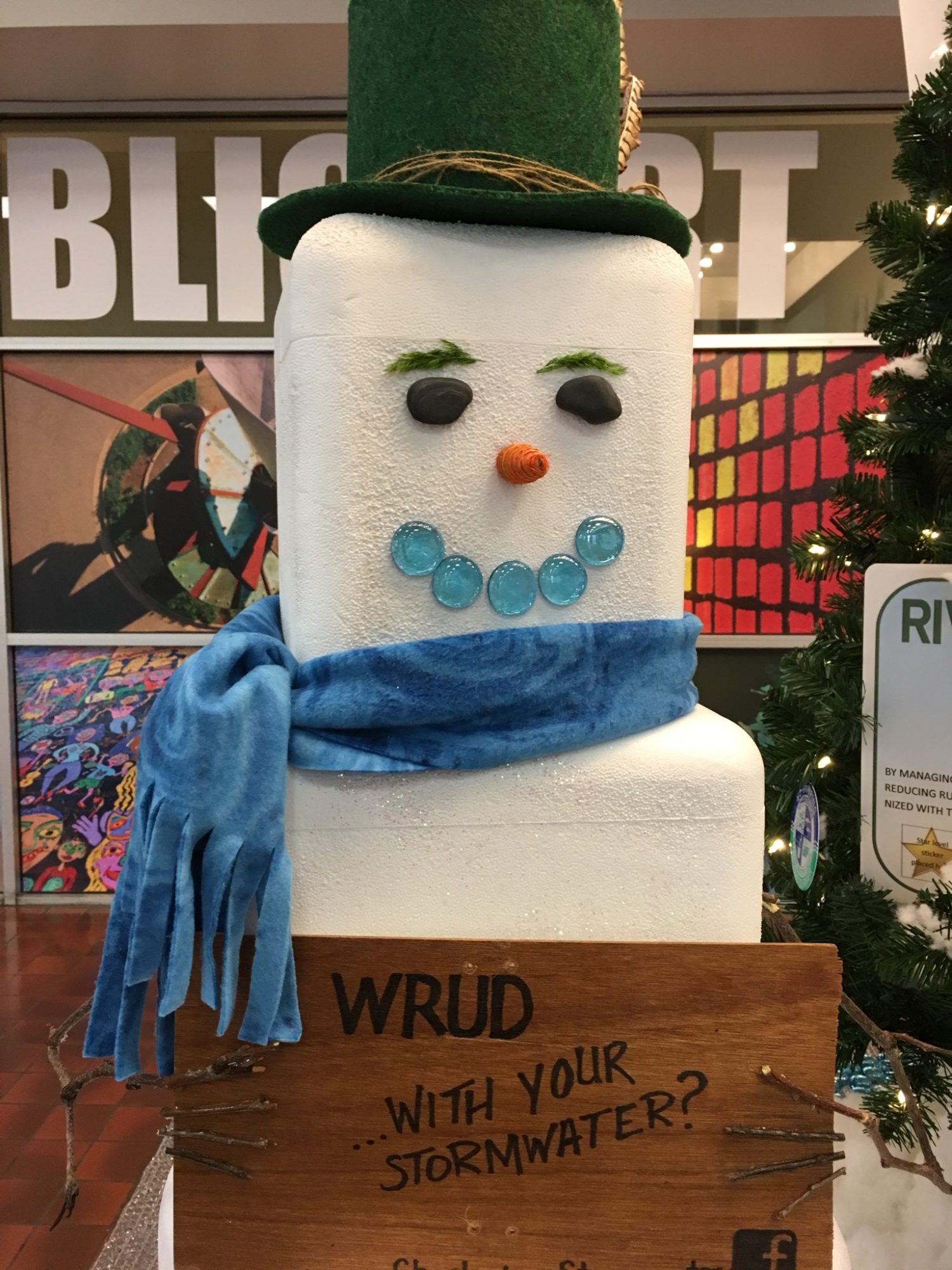
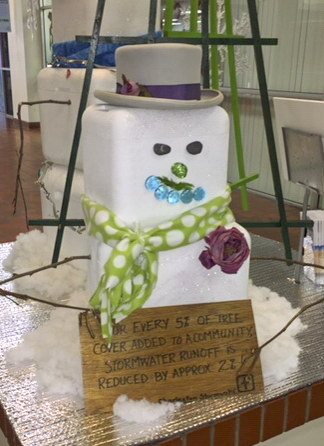



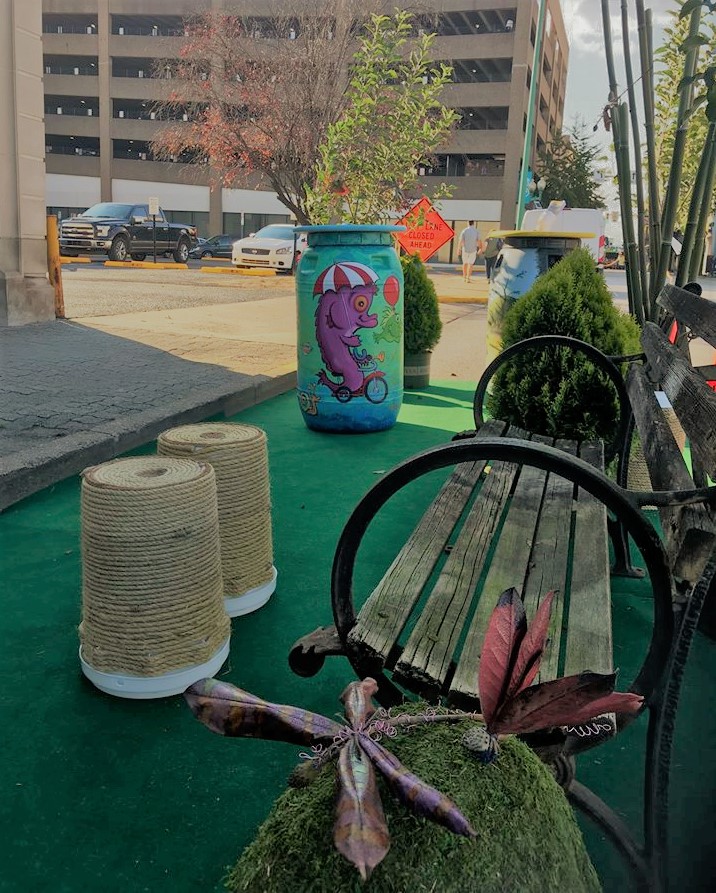
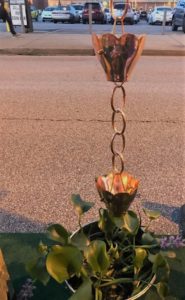
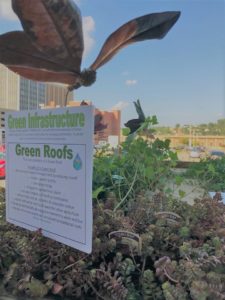


 Join the Charleston Stormwater Program at ArtWalk, Thursday, April 19, 2018 to sign-up for our 2018 Rain Barrel Workshops!
Join the Charleston Stormwater Program at ArtWalk, Thursday, April 19, 2018 to sign-up for our 2018 Rain Barrel Workshops!